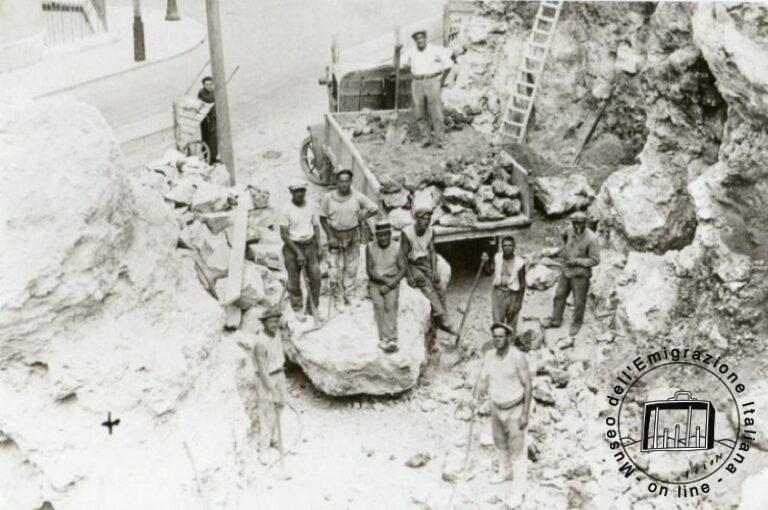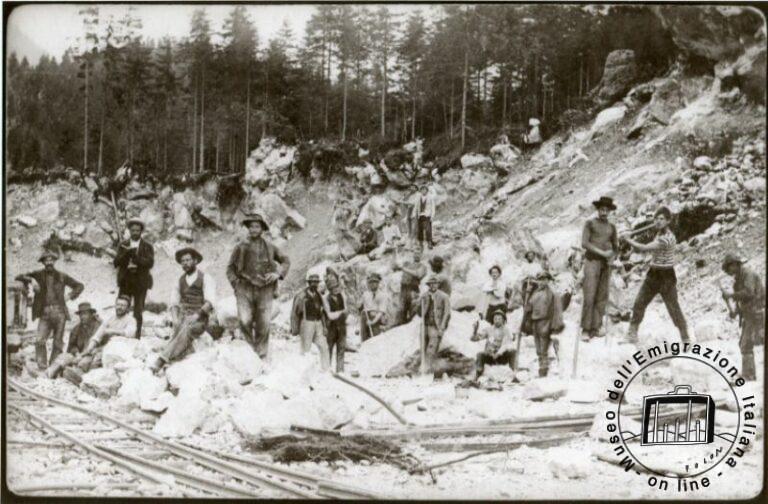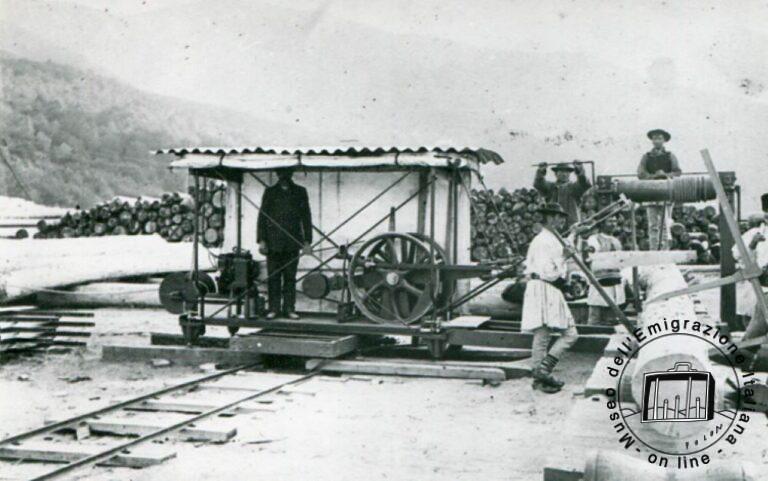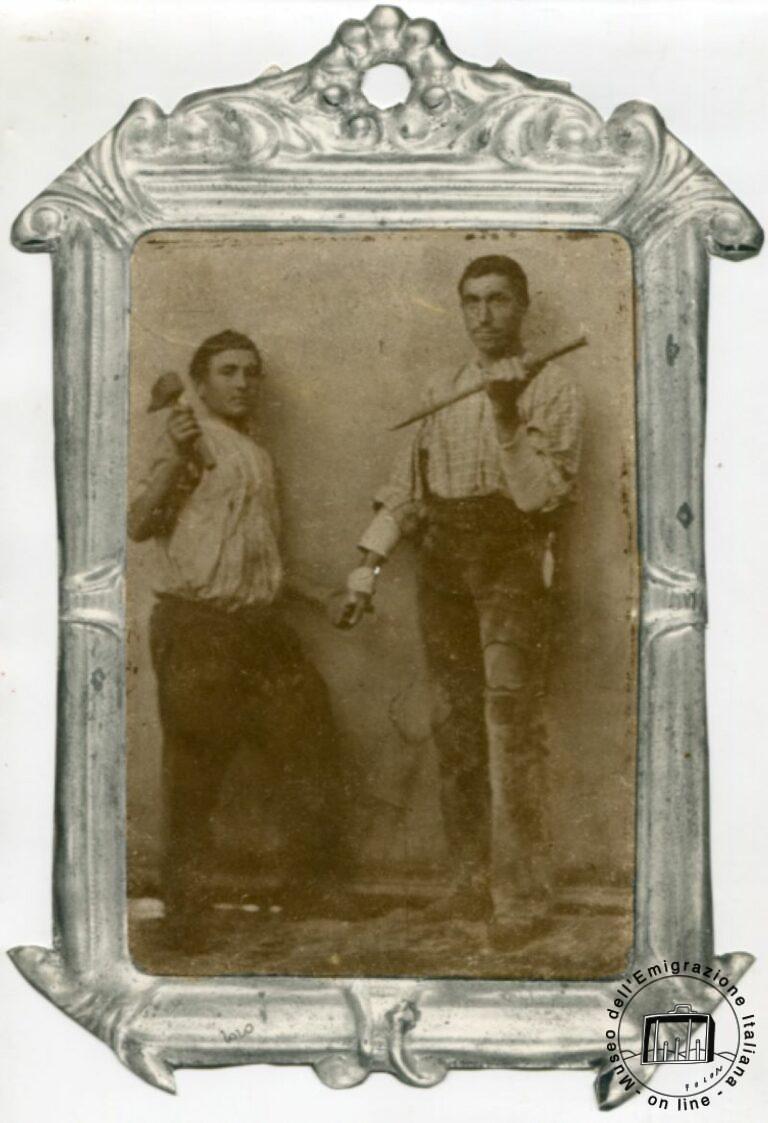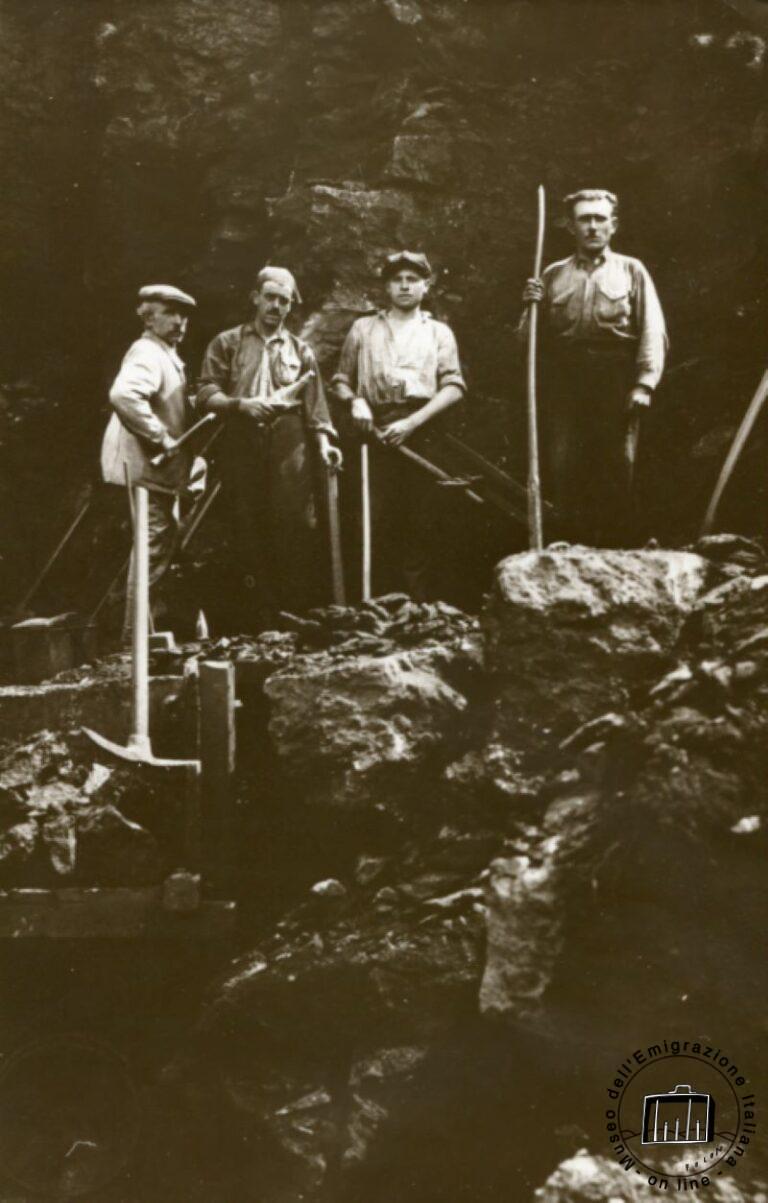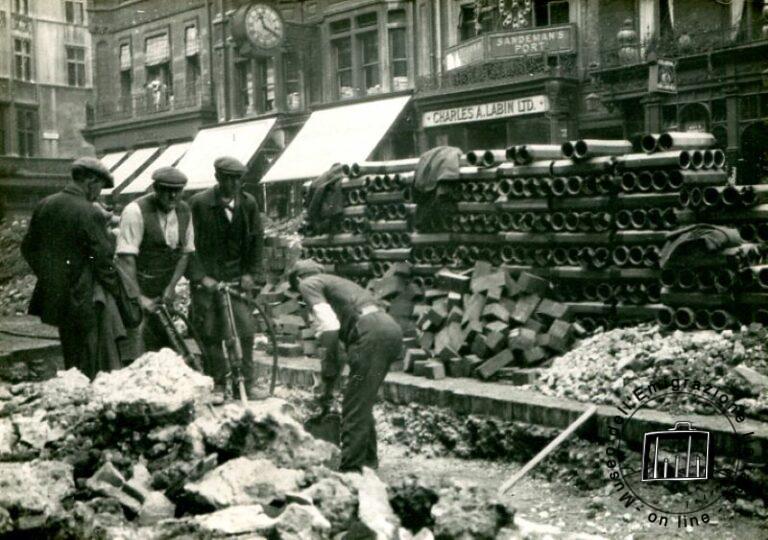The emigrants, mostly peasants, also engaged abroad - but only if forced - in agricultural work, participated in the clearing or reclamation of uncultivated land, employed themselves, as unskilled laborers, in the construction of the great highways, railroads, the grandest construction projects and, finally, in the heavy work of mining. Historian Rudolph Vecoli writes of them that they ended up "in pick and shovel."
It is known that about half of all emigrants returned permanently to Italy. If one refers, as an example, to the United States the "emigration campaign" of fifty percent of the men who left on their own lasted only a few years.
Their choice almost always had these characteristics: refusal to get to know the country to which they had come, and therefore no integration and minimal knowledge of the language; saving as much as possible and in the shortest period in order to hasten their return; and accepting, as a result, not only an exaggerated work commitment but also a standard of living that to call Spartan becomes an understatement. Of course, many repeated these sojourns several times, facilitated in this by the improved travel conditions also in terms of the time required for the crossing.
The area of origin led to certain trades. Taking, again as an example, the exodus for Australia, we see that emigrants from mountainous areas resumed logging activities in Western Australia or became sugarcane cutters; those from lowland areas went into agricultural activities or debuted in the tertiary sector.
A precise "vocation" in the choice of migratory routes can also be found in Europe: the direction of the flow pointed toward western or eastern countries in relation to the geographical location of the regions of origin: from Piedmont they went toward France and from Venetia toward the Austro-Hungarian Empire.


